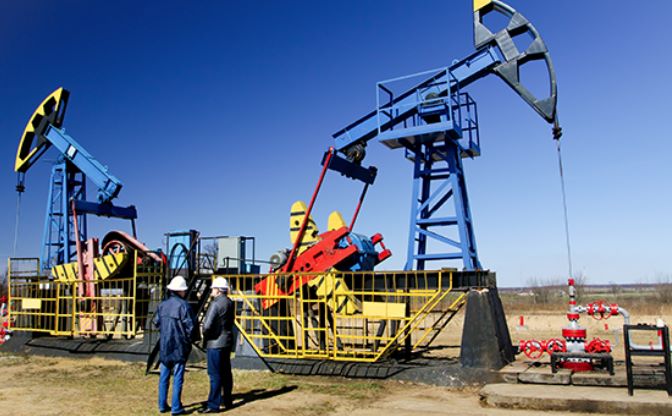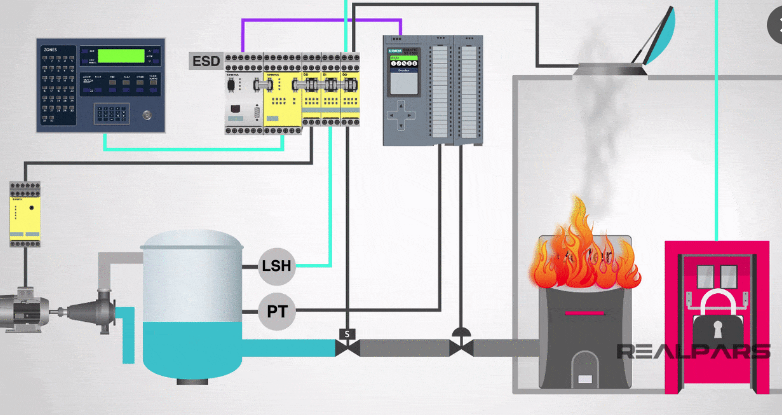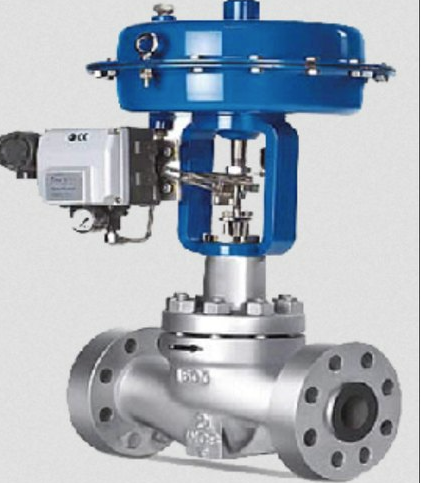
WHY IS HIGH VOLTAGE MORE DANGEROUS?
High voltage refers to a voltage exceeding 1000 Volts AC or 1500 Volts DC, used in various applications such as power generation, distribution, rail networks, petrochemical refineries, and commercial and industrial properties. High voltage systems pose a significantly increased hazard due to the energy levels seen in them, which can cause electrocution and serious burns. Arcing is an effect where high voltage electricity can travel through the air, making it crucial for high voltage test equipment to have long probes to ensure a safe distance between the user and the system under test.
High voltage testing is extremely dangerous and should only be performed by competent persons who are fully instructed in safe systems of work for the type of system being worked on. All hazards should be assessed and controlled, and never attempt any work on or near high voltage systems without express permission from the system operator or owner. If in doubt, address the areas of doubt beforehand.
The most common form of testing on high voltage systems is voltage detection or voltage indication, which checks if a voltage is present in a particular part of a high voltage system. The Seaward KD1E is a highly robust and portable AC/DC HV Potential voltage indicator that includes both neon and digital systems to confirm the presence of voltage on earthed neutral electrical systems up to 11kV. The KD1E Series conforms to recommended creepage, clearance, and safety standards, featuring high grade PVC tubing and encapsulated resistor chains.
To prove that a detector or indicator is working, a known source must be used for safe testing. A device called a 'Proving Unit' like Seaward's PH3 is usually used to generate a high voltage to test the operation of the detector or indicator before and after proving 'dead'. The three-step safe isolation process reduces the risk of incorrect readings or indications, which could lead to believing a system is 'dead' when it still poses a danger.
It is essential to have the correctly rated detector/indicator and proving unit for the job and the application they will be used on. Never use a detector or indicator not rated for the system you will be working on.




